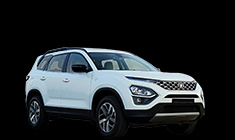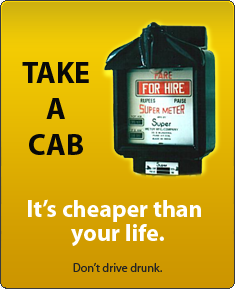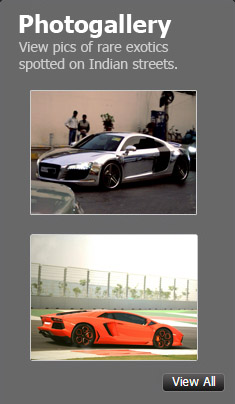News
Maruti Suzuki Alto K10 scores a zero in Latin NCAP safety
Maruti Suzuki is India's largest car maker and its best selling cars are from the Alto range. The Alto range comprises of the Alto 800 and K10 hatchbacks. Together, both cars deliver sales of about 20,000 monthly units in India alone. Maruti Suzuki also exports these cars to emerging markets across the globe and this includes markets in Latin America.
It may be noted that the Maruti Suzuki Alto 800 and K10 models are previous generation versions of the Alto range of hatchback cars that Suzuki sells across the globe. The latest generation Alto is sold as the A-Star in India, as the Alto in many developed markets, and as the Celerio in other markets.
The Alto K10 (previous generation Alto with a relatively more powerful 1 liter engine) was the subject of the Latin NCAP safety tests and the results have painted a very poor picture of the car, safety wise. The Alto K10 managed to score only a zero in the safety tests, which means that the car has failed to meet the most basic global safety standards.
On the other hand, the twin airbag equipped Suzuki Celerio (A-Star in India) scored a 4 Star rating in the Latin NCAP tests, highlighting the massive leap in safety between car generations. The Alto K10 is based on the fifth generation Suzuki Alto platform, that is over 13 years old. Maruti Suzuki altered the front of the car to squeeze in the 1 liter K-Series engine. The Alto K10's poor safety level has to do with a weak body structure, as mentioned by Latin NCAP.
Here's comment from Alejandro Furas, the Global Director of New Car Assessment Program(NCAP), the organization that conducts these safety tests,
This is very disappointing and partly due to the lack of airbags as standard, but the real problem is the substandard safety of their body structure. Body structures that collapse onto the people inside can have fatal or life-threatening consequences in real-world crashes. These zero rated cars are built by companies that produce good, safe five star cars and at affordable prices for buyers in other parts of the world. Now is the time for car buyers in Latin America to be able to choose five star models that exceed global safety standards.
Here's word specific to the Alto K10, a car that's produced in India by Maruti Suzuki and exported to various parts of the world including Latin America,
The Suzuki Alto K10 received a zero-star adult occupant safety rating because of its unstable vehicle structure and the high forces placed on the dummies which pose an unacceptably high risk of death or injury. Although the vehicle achieved a three-star rating for child occupant safety, this was achieved mainly because the front row of seats absorbed so much of the crash energy.
Notably, Suzuki Motor Corporation, the Japanese parent company of Maruti Suzuki, has entrusted the latter with producing cars for emerging markets in the Middle East and Africa, prompting the car maker to major capital investments (to the tune of 650 million US dollars in FY14) for capacity increases.
Cars such as the Alto K10 and the Alto 800 are prime targets for export to developing markets of the world as they cost much lesser to make than the newer crop of cars that Maruti Suzuki builds. These cars are also priced low, making them attractive for buyers in emerging markets, who often have limited disposable incomes.
As the abysmal safety ratings show, cars such as the Alto 800 and Alto K10 put its occupants at a very high risk when confronted with a crash/accident scenario. Lax safety regulation in many developing countries including those in the Indian sub-continent, Africa and South America, means that car makers do not build safe cars, especially in the high volume, budget car space since they are not constrained by strict legislation.
On the other hand, cars with a high level of safety are not optional, but mandatory in many developed regions of the world such as North America and Europe. Safety levels are enforced strictly with organizations like NCAP providing ratings to give car buyers an insight about the safety of the cars that they seek to buy. These ratings, in turn, help car buyers pick the safest cars, depending on their budgets.
In India, a car safety rating body such as the NCAP is yet to see the light of the day. While some car makers do use high Euro NCAP ratings to market their cars in India, NCAP or an equivalent crash rating is unavailable for most big volume cars sold in the country. India, in 2009, registered the highest number of reported road fatalities in the world, and vehicles on Indian roads are only set to multiply many fold in the coming years.
Source 1 LatinNCAP
Source 2 LatinNCAP




















